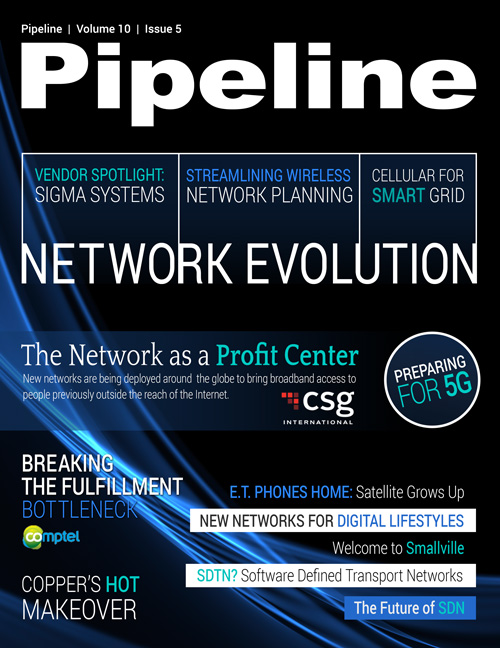Satellite Connectivity Comes of Age
E.T. home phones?
Dish Network, DirecTV and O3b aren’t the only satellite-based service providers making headlines: ViaSat has become the first satellite-based internet company to furnish residential phone service in the US. Considering the satellite industry’s humble beginnings, sending an unlimited number of calls into outer space and back to Earth for less than $20 a month is quite an achievement. It’s also opened the door for ViaSat to offer triple-play service bundles (phone, internet and TV).
Lisa Scalpone, vice president of satellite services for ViaSat, outlined the news in a press release, saying, “We have long wanted to provide our customers with a cost-effective alternative to paying for an expensive landline through the telephone company. With the introduction of Exede Voice we can now offer a triple play, a first of its kind for the satellite industry and a great deal for consumers at a monthly price under $100.”
Strike up the band
Satellite communications use several spectral bands for transmission, including C, Ku and the aforementioned Ka. Each band represents a slice of available spectrum: C-band encompasses 4-8 GHz, Ku-band is 12-18 GHz and Ka-band covers 26.5-40 GHz. Of the three, Ka-band has the most buzz because it offers exceptional data-transmission rates, requires smaller antennae and delivers performance advantages in mobile use cases. Iridium’s NEXT initiative and NewSat’s Jabiru Satellite Program will both leverage Ka-band to transmit data at warp speeds compared to those of previous satellite services; when NEXT launches in 2015, Iridium says customers can expect speeds of up to 8 Mbit/s (megabits per second).
There’s a catch, however: Ka-band suffers greater performance degradation than its lower-speed brethren in rainy conditions. It’s simply a matter of physics, and not unlike the challenges that higher-spectrum LTE signals face in regard to in-building performance. Oddly enough, cars with overamped sound systems that rattle neighborhoods as they cruise past illustrate this point well: lower frequencies pass through mass much more effectively than high frequencies.
In his interview with Informa Telecoms & Media, Intelsat’s Jay Yass talked about the challenges facing satellite operators and the advantages of Ku-band. “Frankly, we spend a lot of time combating misinformation and untruths spread by some of our competitors,” he said.
“Intelsat has a premier assortment of spectral rights, and we are deploying C-, Ku- and Ka-band satellite capacity as our customers need it. But some of the claims we have heard about Ku-band are factually inaccurate. The truth is, Ku-band offers many advantages over Ka-band for industrial applications, including better rain attenuation, a large, installed base that reduces TCO [total cost of ownership] and far greater redundancy of capacity on orbit, which reduces risk for mission-critical applications.”
Communications service providers (CSPs) must consider use-case, coverage and performance requirements as they investigate satellite strategies. For high-bandwidth applications like 3G and 4G backhaul, Ka-band is probably the best choice. “Aeronautical and maritime broadband services are a huge frontier for satellite operators,” Yass said, and Ku-band fulfills the needs of those services.
Satellite comes of age
As the heterogeneous networks (HetNets) of the future move from research to reality, satellite connectivity will play an increasingly important role, especially in developing regions, hard-to-reach rural locales and areas where terrestrial backhaul is difficult to deploy. Satellite connectivity has evolved significantly over the past decade and can be leveraged for improved coverage, backhaul, disaster recovery, and new-service delivery.
As the technology continues to evolve, it will slowly supplant terrestrial offerings, just as cellular and Wi-Fi have. Someday in the distant future we may even transmit the bulk of our signaling to and from the stars instead of along wires. Perhaps 6G, or the sixth generation of wireless, will be the era of the satellite.


















